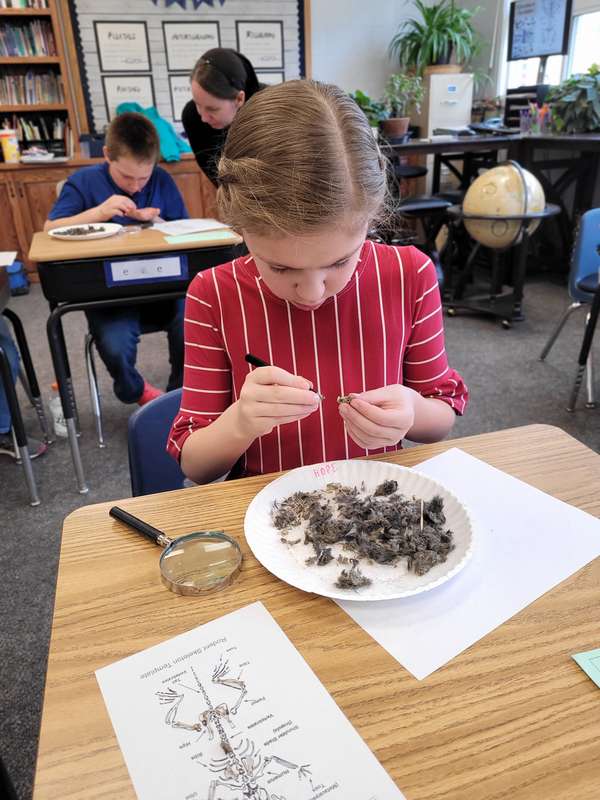Top Five Practices for Science Class
★★★★★

When I think back to when I was in school, I think science was my least favorite subject. It didn’t make sense to me, and I thought it was boring. Now that I’m teaching, science is one of my favorite subjects. Doing these five steps made the difference.
- Do every experiment in the book. You’ve got to plan a little ahead to do this, but it is so worth it. Before school starts, get a bin and collect everything that you will need to do the experiments, or at least look a day or so ahead and get the supplies that will be needed. Students learn about four times as much when they see actual things being done rather than just reading it in the book, although we should always read it in the book, too.
- Keep science sketchbooks. Give each student a blank sketchbook with no lines. As you are going over the lesson, encourage students to draw (using colored pencils) and label the main points of what you are studying that day. While my students do write the vocabulary terms and short definitions for them in these books, most of the content in the sketch books consists of drawings with color and arrows to show movement. I always tell my students what to draw and model it for them on the board or in my sketchbook. That way they can see exactly what I expect them to write and draw, and this avoids many questions.
- Learn outside of the books. Grow plants in the classroom. Place a bird feeder near a classroom window and identify birds. Encourage and even reward students for finding fossils, bones, unusual leaves, or anything from God’s creation. Have them bring these into the classroom for everyone to see.
- Find as many tangible examples of what you are studying in the book as you can. These can be found inexpensively at garage sales, thrift stores, online, or for free if your students find them and bring them in. To look at pictures in the book is nice, but your students will learn much more if they identify the types of clouds at recess or hold a piece of granite, a cow femur, or a fossil in their hands.
- Go on nature walks during recess. While we will often find examples of what we have been studying in science on our nature walks such as windmills, rock samples, plants, insects, mammals, etc., sometimes we will not, but we will always look for and find some type of interesting science item and enjoy the fresh air and exercise while we do.
Leave a Reply